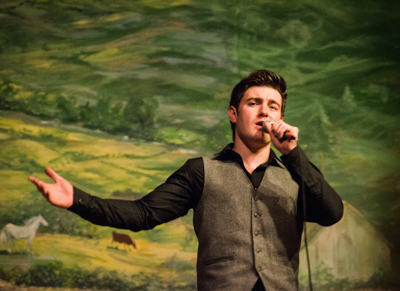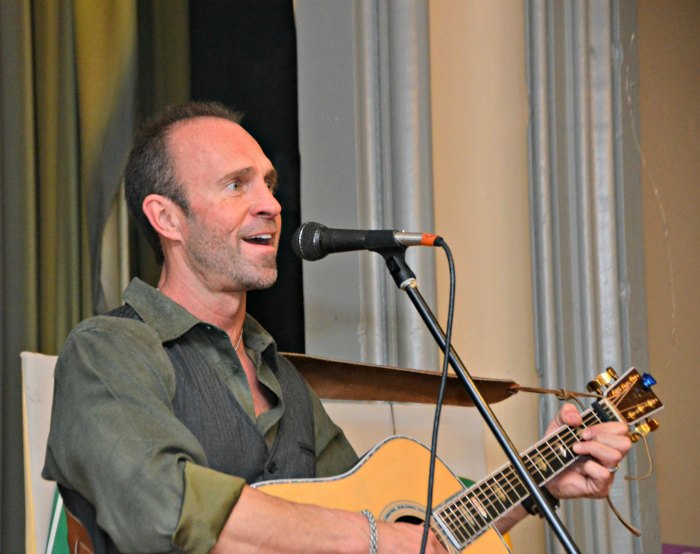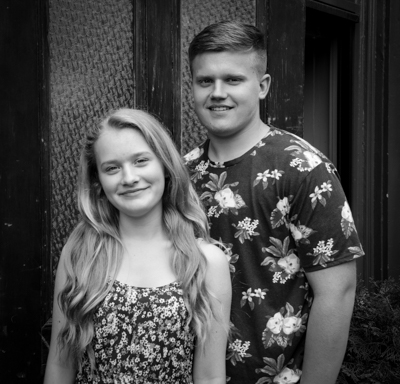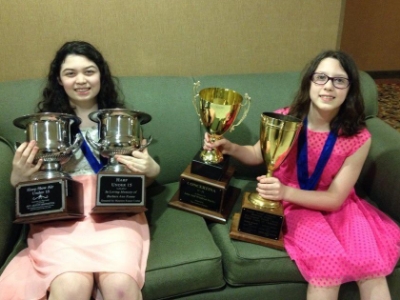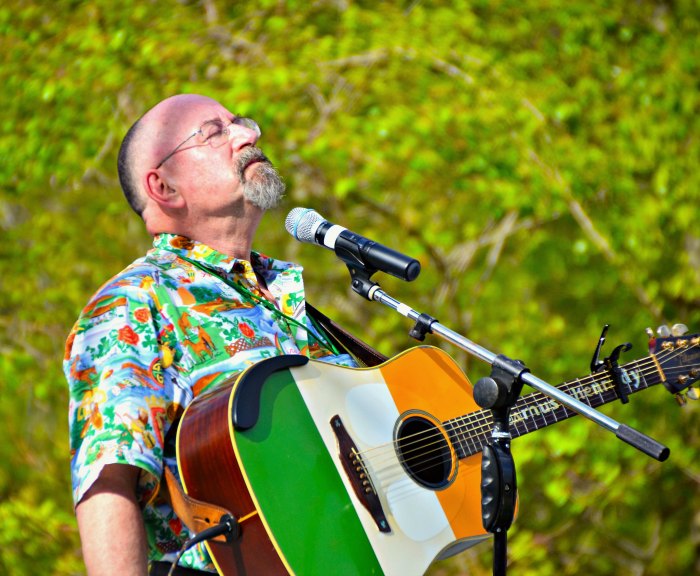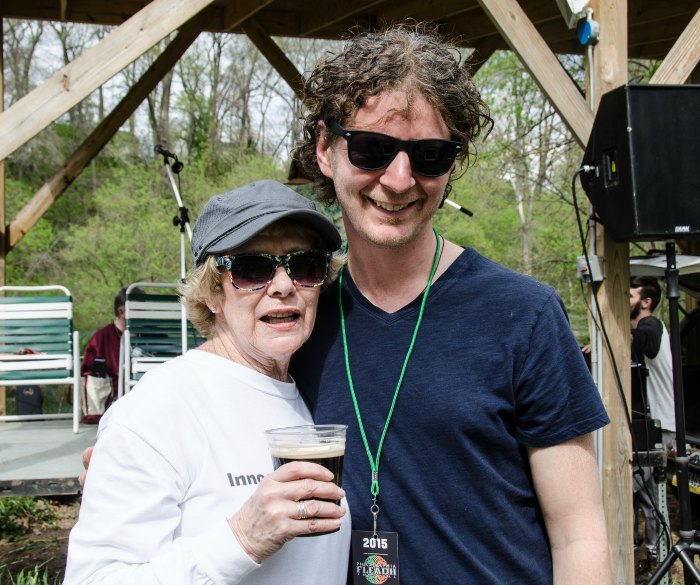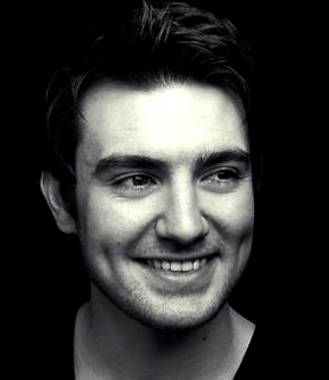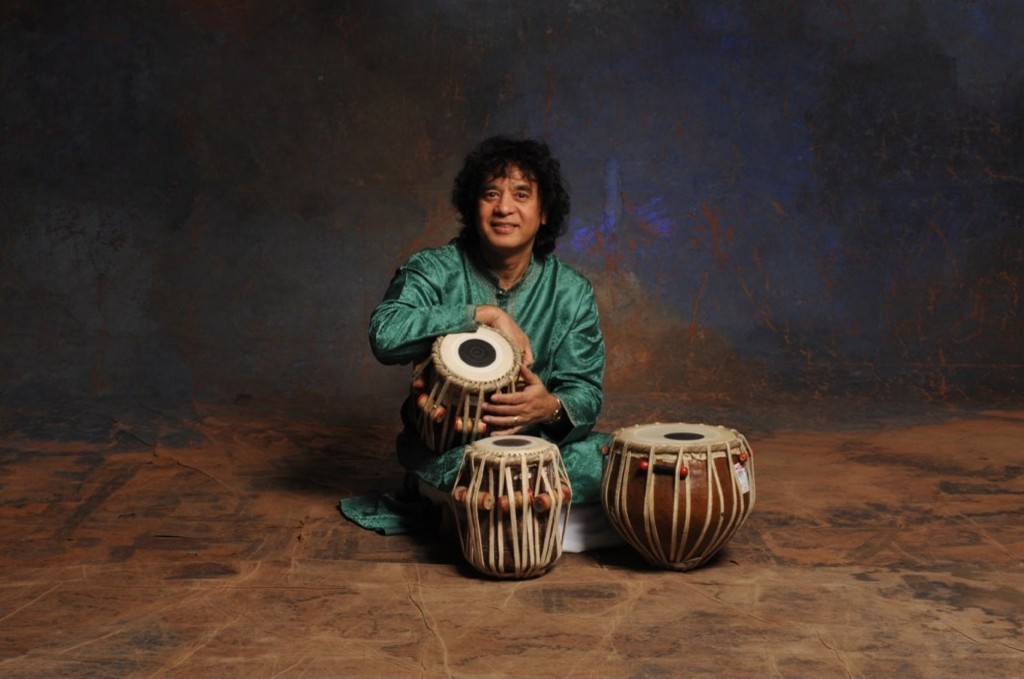“Did you see Lady Gaga on the Grammies?” singer Emmet Cahill asked the audience at one point on Wednesday night at Philadelphia’s Irish Center. “Oh don’t worry,” hastily added the 24-year-old, who just recently parted ways with the supergroup, Celtic Thunder, to launch a solo career. “I’m not going to sing Lady Gaga.”
He could have. With an exquisitely and classically trained baritone voice, Cahill can pretty much sing anything—even a dry lawyer’s brief set to music—and still bring audiences to their feet and, on occasion, to tears. He could do wonders with “Bad Romance.”
The native of Mullingar, County Cavan, joined Celtic Thunder at the age of 20 and spent three years traveling around the world entertaining audiences filled with “Thunder Heads,” as their die-hard fans call themselves. If you arrived at the Irish Center at 7 PM on Wednesday, you would have been choosing a seat in the ballroom behind eight rows of them. They’d bought “meet and greet tickets” so they spent the hour before chatting and having their pictures taking with Cahill, who is warm, friendly, and funny whether he’s telling stories on stage or chatting with a roomful of strangers.
There seemed to be no rhyme or reason to his eclectic set list, which included fellow (circa early 1900s) Cavan singer John McCormick’s “Macushla;” the sentimental “When Irish Eyes Are Smiling,” and “Danny Boy;” Lionel Bart’s “Where Is Love” from “Oliver,;” and one of the most emotional versions of “A Parting Glass” ever heard.
But there was a theme—a very personal one. These were songs he grew up hearing on vinyl, played by his father Martin, a music teacher. “Where is Love,” the poignant song sung by the lonely Oliver Twist, was the first song he ever learned to sing as a boy soprano.
The Irish tunes, including “I’ll Take You Home, Kathleen,” were “some of the old Irish songs I used to listen to,” he told the audience. “Bing Crosby, Elvis, ad Johnny Cash all sang a version of ‘I’ll Take You Home, Kathleen,”’ he said. “You know it’s a great song when it can jump between genres.”
He sang an Irish folk tune called “Cavan Girl” for his grandmother who, he said, told everyone who asked, ‘So, how is Emmet getting on,’ that they could see for themselves ‘on the Tube,’” meaning YouTube.
Trained in opera and theater, he also brought the skill and emotions of both to “Bring Him Home,” the iconic ballad from “Les Mis,” in which he appeared in 2004 as a boy.
Reminiscing about his time as a child singer, he recalled a gig he did with two of his Celtic Thunder mates at a theater where he’d once performed. There were old cast photos on the wall and when he “found the little fella—I was 11 or 12 at the time—I suddenly realized I had ginormous ears,” he said to laughter. “I went to my mam and said, ‘Did I have giant ears as a child?’ She gave me a look only a mother can give, that is to say, of pity and said, ‘Well, you grew into them.’”
Accompanying Cahill was Peter Sheridan, part of a terrific opening act, with his wife, Erika, known as Monaco & Alameda. Sheridan is from Milltown, also in County Cavan and he and Cahill have an easy, George and Gracie/Stiller and Meara comedy delivery that punctuates the music.
“We go back over 20 years,” Cahill told the crowd who were clearly quickly calculating—Cahill would have been four when they met.
But, he explains, when he first really met Sheridan, as a musical director for Celtic Thunder, their first exchange went something like this:
Cahill: “Where are you from?”
Sheridan: “County Cavan.”
Cahill: “I’m from County Cavan. Who taught you to play the piano?”
Sheridan: “A piano teacher named Martin Cahill.”
Cahill: “I know a man named Martin Cahill who teaches piano. He’s my father. “
“So,” Cahill told the audience, “Peter used to be in my house getting piano lessons when I was running around in diapers.”
“If I was lucky,” retorted Sheridan.
“No need for that,” shot back Cahill.
“That’s what I said,” Sheridan said to a big laugh.
Cahill’s first solo tour will be taking him to Buffalo, Albany, Boston, Connecticut, New York City and Atlanta, Florida, Texas, Oregon, Washington, and LA, before coming to a close in early August. Some Thunder Heads will be seeing him in more than one state—they’re that dedicated.
And, he said, most of the shows end the same way. He says, “It’s that time,” and the audience in unison, cries, “Nooooooo.” But he leaves them not only with “The Parting Glass,” but with a parting gift of sorts. Before the tour, he went into the studio for two days and recorded—virtually nonstop—10 of the songs he does in the show, which is available at the merchandise table, all ready to be purchased and signed.
“That’s my thanks to you all,” said Cahill, who went on to thank the audience at least a dozen more times. And it was all heartfelt.

